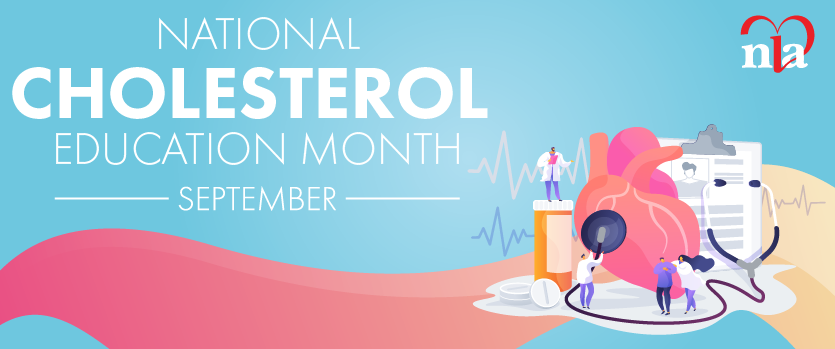Clinical Perspective: Assessment & Management of Statin-Associated Muscle Symptoms (SAMS)
Statin-associated muscle symptoms (SAMS) are the most common form of statin intolerance and are associated with increased risk of cardiovascular events that manifest from statin underutilization and discontinuation.
Treatment to reduce low-density lipoprotein cholesterol (LDL-C) and other atherogenic lipoproteins is a well-established strategy to reduce the occurrence of fatal and nonfatal atherosclerotic events including myocardial infarction, stroke, and coronary revascularization. Statins, as an adjunct to a heart healthy lifestyle, are the preferred initial pharmacotherapy for atherogenic lipoprotein lowering intervention due to their proven efficacy, safety, reduction in atherosclerotic events, and prolongation of life.
Statins are generally well tolerated:
- Some degree of statin intolerance is reported in 5-30% of patients and contributes to reduced statin adherence and persistence, but many symptoms are unrelated to the statins.
- Statin-associated muscle symptoms (SAMS) are the most common form of statin intolerance.
- The prevalence of SAMS is estimated to be about 10% (range 5% to 25%), but more than 80% of cases are not caused by the statin.
- Approximately 60-80% of patients with SAMS are eventually able to tolerate some statin regimen (one of the seven statins, often at low dose).
- Use of non-statin therapies can increase the likelihood of achieving LDL-C and non-HDL-C goals in patients with SAMS.
Authors: John R. Guyton, MD, FNLA, Adrienne H. Kovacs, PhD, Jessica A. Durham, ARNP, CLS, FNLA, Laney K. Jones, PharmD, CLS, FNLA, Dave L. Dixon, PharmD, CLS, FNLA, Terry A. Jacobson, MD, FNLA
Chair: P. Barton Duell, MD, FNLA; duellb@ohsu.edu
Co-Chair: Bruce A. Warden, PharmD, CLS, FNLA; wardenb@ohsu.edu
Resources






.jpg)
.png)










